swales!
Fireraven9
21 years ago
Related Stories

LANDSCAPE DESIGNHow to Move Water Through Your Landscape
Swales, underground pipes or a mix of both: There’s more than one way to distribute water in the garden
Full Story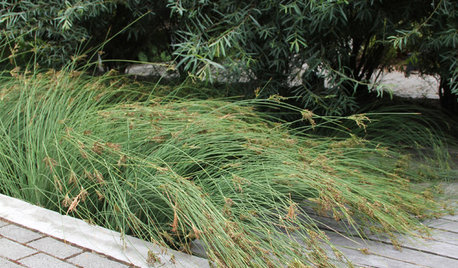
GARDENING GUIDESProtect a Precious Resource With a Rain Garden
Promote pure water and a beautiful landscape with a garden design that makes the most of the rain
Full Story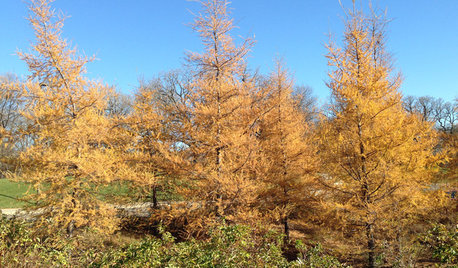
GARDENING GUIDESGreat Design Plant: Larix Laricina Glows Gold in Late Autumn
Plant tamarack for a beautiful late-fall golden display
Full Story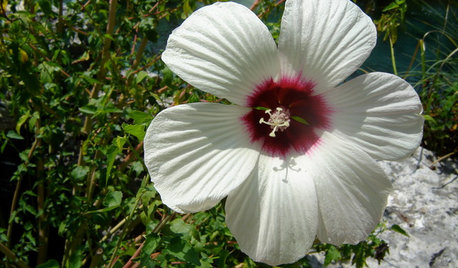
GARDENING GUIDESGreat Design Plant: Hibiscus Moscheutos
Crimsoneyed rosemallow is an ideal flowering perennial for wet sites and is ready to propagate now
Full Story
GARDENING GUIDESGreat Design Plant: Iris Versicolor
A versatile native iris for bridging wet and dry gardens
Full Story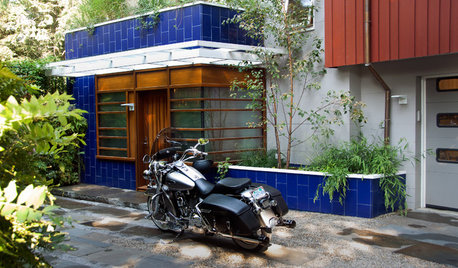
SAVING WATERStormwater Planters Manage Runoff in Small Gardens
Think of stormwater planters as container rain gardens
Full Story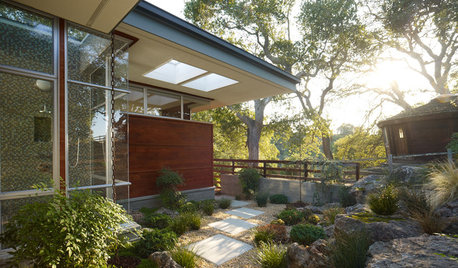
LANDSCAPE DESIGNSoak It Up: How to Manage Stormwater in Your Landscape
Permeable paving, gravel beds and planted areas in your yard can absorb and cleanse stormwater runoff. Here's how it works
Full Story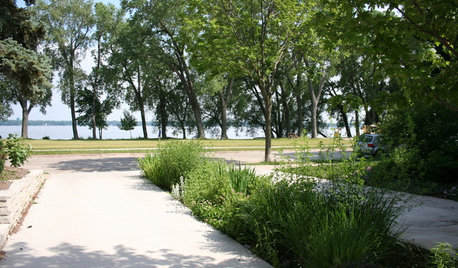
LANDSCAPE DESIGNHow to Design Your Landscape to Sink Water Into the Ground
Learn to infiltrate stormwater, even on challenging sites
Full Story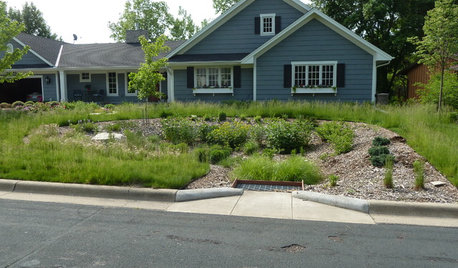
LANDSCAPE DESIGNHow to Design Your Landscape to Spread Water
Water that’s distributed widely will more readily soak into the ground
Full Story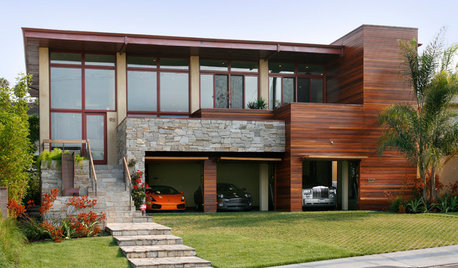
LANDSCAPE DESIGNLandscaping Tricks to Manage Stormwater Runoff
Help rainwater absorb slowly back into the earth with paving grids, gravel beds and other porous systems
Full Story





DanaHealer
nandina
Related Professionals
Surprise Landscape Architects & Landscape Designers · Piqua Landscape Architects & Landscape Designers · Lakeland Landscape Contractors · Norwood Landscape Contractors · Ellicott City Landscape Contractors · Gaithersburg Landscape Contractors · North Richland Hills Landscape Contractors · Salem Landscape Contractors · Downers Grove Siding & Exteriors · Farmington Siding & Exteriors · Framingham Siding & Exteriors · Racine Siding & Exteriors · Wayne Siding & Exteriors · Westminster Siding & Exteriors · Dracut Solar Energy Systemsgardenlen
Fireraven9Original Author
mike_stubbs
Fireraven9Original Author
seraphima
Kathy_KY
gardenlen
Kathy_KY
Kathy_KY
JenniferP
microfarmer
Richard_inNM
gardenlen
botanicals4u
gardenlen